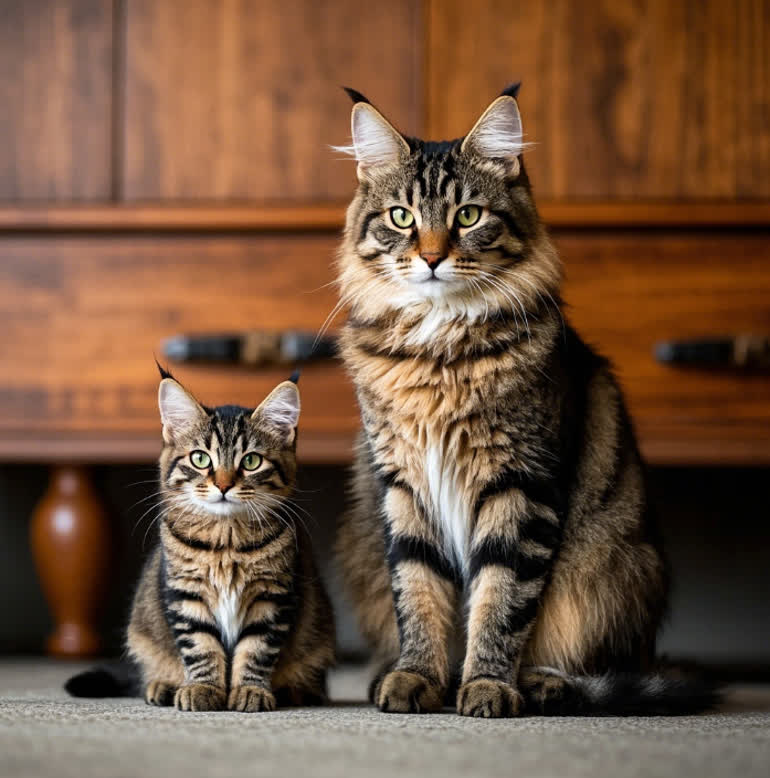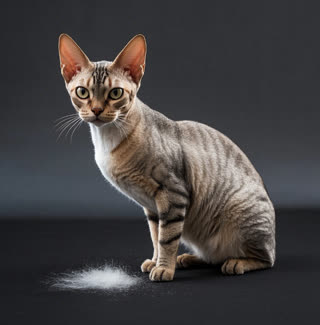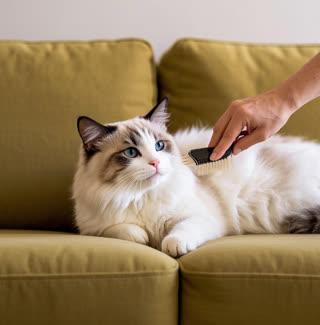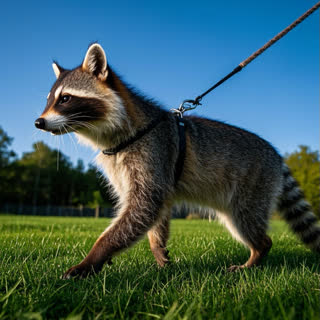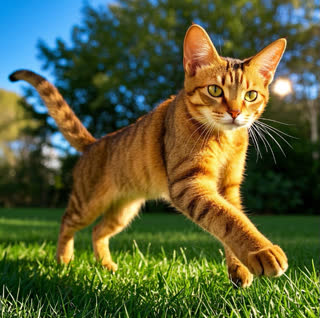The Maine Coon cat, renowned for its majestic appearance and gentle temperament, stands out as one of the largest domesticated cat breeds. For pet owners curious about how these "gentle giants" measure up against smaller feline companions, a Maine Coon cat size comparison to domestic shorthair breeds reveals striking contrasts in height, weight, and overall physique. This article explores these differences in detail, helping cat enthusiasts understand what sets these breeds apart and how their unique sizes impact care, lifestyle, and companionship.
1. Understanding the Maine Coon’s Size: A Breed Built for Grandeur
Maine Coons are the largest domesticated cats, with males averaging 15–25 pounds and measuring up to 40 inches in length (including their iconic bushy tails). Their robust bone structure, muscular build, and long, shaggy coats amplify their imposing stature. Unlike domestic shorthairs, which typically weigh 8–12 pounds and measure 18–25 inches in length, Maine Coons exhibit a slower growth rate, reaching full maturity only at 4–5 years of age. This prolonged development contributes to their impressive size and distinctive features, such as tufted ears and lynx-like facial structures.
2. Domestic Shorthairs: Compact and Versatile Companions
Domestic shorthair cats, a diverse group of mixed-breed felines, vary widely in appearance but share a compact, agile build. Their average weight (7–15 pounds) and shorter coats make them appear significantly smaller than Maine Coons, even when both breeds are at similar ages. While domestic shorthairs mature fully by 1–2 years, Maine Coons continue growing for several additional years, a key distinction in their size comparison to domestic shorthair cats.
3. Visualizing the Differences: Side-by-Size Comparisons
A direct Maine Coon cat size comparison to domestic shorthair highlights dramatic contrasts:
Height: Maine Coons stand 10–16 inches tall at the shoulder, while domestic shorthairs average 9–12 inches.
Tail Length: Maine Coons’ tails alone can reach 14–18 inches, often matching the full body length of smaller breeds.
Paw Size: Their large, snowshoe-like paws provide stability in snowy climates, a trait unnecessary for most domestic shorthairs.
These physical traits reflect the Maine Coon’s adaptation to harsh New England winters, whereas domestic shorthairs evolved as versatile, low-maintenance companions.
4. Why Size Matters: Implications for Care and Lifestyle
The Maine Coon cat size comparison to domestic shorthair isn’t just about aesthetics—it affects daily care:
Dietary Needs: Maine Coons require 20–30% more calories daily due to their size and energy levels.
Space Requirements: Their large frames need spacious litter boxes, climbing trees, and wide resting areas to prevent joint strain.
Grooming: Their thick, water-resistant coats demand weekly brushing to prevent mats, unlike the minimal grooming needs of short-haired breeds.
Domestic shorthairs, being smaller and less prone to matting, are often easier to manage for busy households.
5. Myth-Busting Common Misconceptions
"Maine Coons Are Part Raccoon": Folklore claims they’re raccoon hybrids, but genetic studies confirm they’re 100% feline.
"Bigger Cats Are Aggressive": Despite their size, Maine Coons are famously gentle and sociable, often dubbed "dog-like" for their loyalty.
6. Choosing the Right Breed for Your Home
When considering a Maine Coon cat size comparison to domestic shorthair, factor in:
Activity Levels: Maine Coons thrive in active homes with room to explore, while domestic shorthairs adapt well to apartments.
Budget: Maine Coons’ larger appetites and grooming needs may incur higher costs.
Understanding the Maine Coon cat size comparison to domestic shorthair helps prospective owners make informed decisions. Whether drawn to the Maine Coon’s grandeur or the domestic shorthair’s practicality, both breeds offer unique rewards. By tailoring care to their size-related needs, owners can ensure happy, healthy lives for these remarkable felines.
